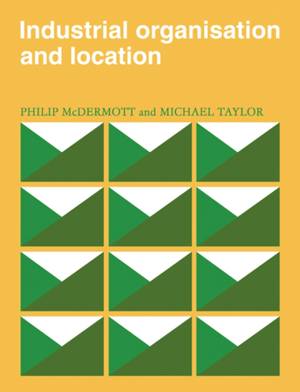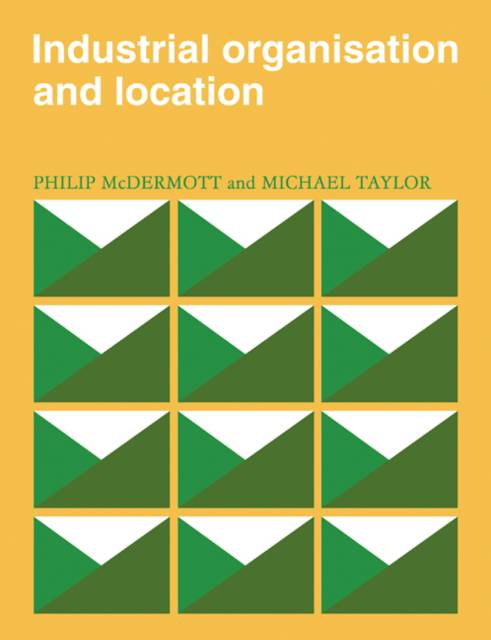
- Afhalen na 1 uur in een winkel met voorraad
- Gratis thuislevering in België vanaf € 30
- Ruim aanbod met 7 miljoen producten
- Afhalen na 1 uur in een winkel met voorraad
- Gratis thuislevering in België vanaf € 30
- Ruim aanbod met 7 miljoen producten
Zoeken
€ 60,95
+ 121 punten
Omschrijving
This book attempts to advance locational explanation in industrial geography by more fully exploring relationships between organizations and the environments within which they operate. The volume is in two parts, the first developing a theoretical framework and the second testing this framework with data for firms in the electronics industry in the UK. To produce the theoretical framework, ideas derived from geographers' studies of linkages and information flows are reviewed and amalgamated with ideas embodied in organization theorists' contingency models of organisational structure. These two sets of studies are complementary. The geographical studies are empirically strong but conceptually weak, and are cast in an explicitly spatial framework. The structural contingency models, however, are empirically weak, conceptually strong and almost entirely aspatial. The amalgamation of these two sets of ideas yields an a priori model of organization environment interactions, which is tested in the second half of the volume.
Specificaties
Betrokkenen
- Auteur(s):
- Uitgeverij:
Inhoud
- Aantal bladzijden:
- 236
- Taal:
- Engels
- Reeks:
- Reeksnummer:
- nr. 16
Eigenschappen
- Productcode (EAN):
- 9780521105606
- Verschijningsdatum:
- 19/03/2009
- Uitvoering:
- Paperback
- Formaat:
- Trade paperback (VS)
- Afmetingen:
- 189 mm x 246 mm
- Gewicht:
- 426 g

Alleen bij Standaard Boekhandel
+ 121 punten op je klantenkaart van Standaard Boekhandel
Beoordelingen
We publiceren alleen reviews die voldoen aan de voorwaarden voor reviews. Bekijk onze voorwaarden voor reviews.











